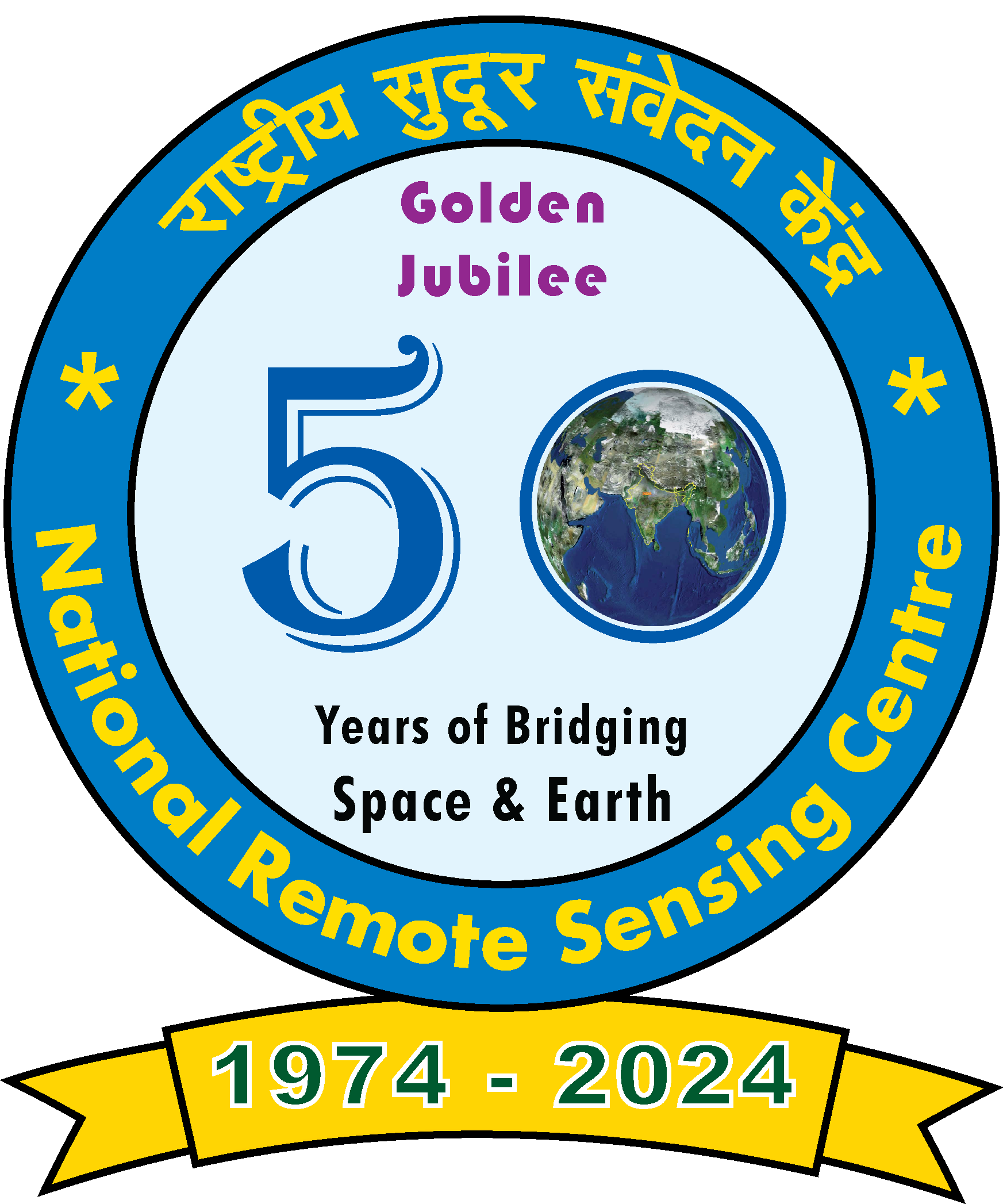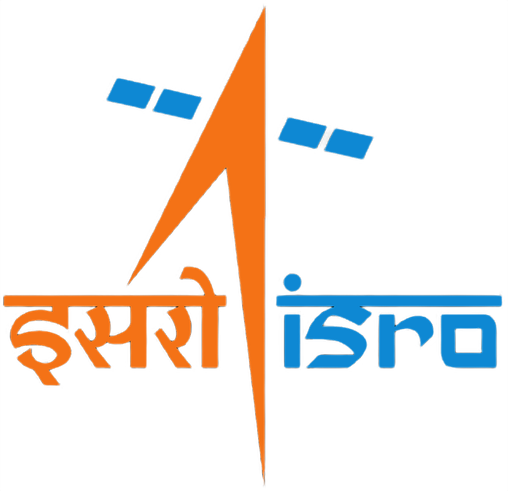Three-dimensional view of CO2 variability in the atmosphere over the Indian region
The study reports diurnal and seasonal variations of atmospheric CO2 across multiple locations in India using the dedicated ground-based observations, satellite observations and model simulations. Data from seven sites collected during different time periods are analysed to understand the role of biospheric, fossil fuel fluxes on diurnal and seasonal variations of atmospheric CO2. The study also examines the impact of land use/land cover on the variability of atmospheric CO2 concentration. Results show that CO2 mixing ratios are highest during night and lowest in the afternoon. Ponmudi station shows homogeneous daily CO2 mixing ratios because of an active ecosystem and free of boundary layer influence. A high altitude site Ooty exhibits higher diurnal and seasonal variations, possibly due to entrapped emissions from tourism and settlements, while Nagpur's (an urban site), CO2 mixing ratios remain moderate throughout the year due to active plantations. The observed CO2 is further compared with the simulations from atmospheric chemistry-transport model. The model is able to capture the observed seasonal cycle all over the study locations.
Click here to Read More

Fig. Space-based earth observation of column CO2 concentration over India with study sites overlaid during a) 2011, b) 2021 and c) spatio-temporal variability of atmospheric CO2 over 7 Stations (in-situ & satellite CO2; DDN: Dehradun; GDN: Gadanki; SHAR; PND: Ponmudi; SDN:Shadnagar; NGP:Nagpur and Ooty)

Fig. MIROC4-ACTM simulated surface level CO2




